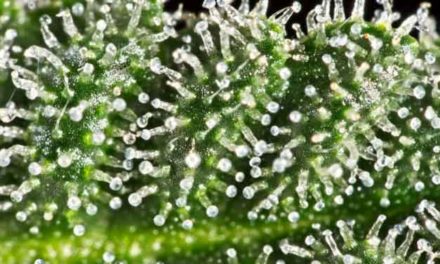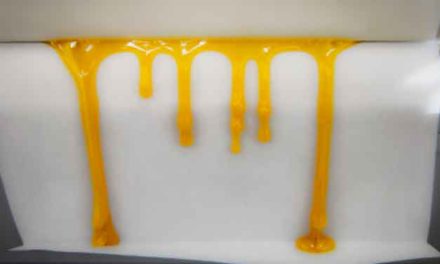Cannabinoids and terpenes may grab all the headlines when it comes to discussing the effects of cannabis, but flavonoids are another key part of the plant, and they are responsible for much more than you might think. So, let’s take a look at flavonoids in cannabis, what they are, what they do, and why they’re important.
What are Flavonoids?
Flavonoids are phytonutrients found in plants, algae, and fungi. While the name might suggest they are responsible for flavor, flavonoids in fact produce the pigments of fruits and flowers. Named for the latin word for yellow or “flavus”, flavonoids produce a wide range of colors that also includes the blues, purples, reds, oranges, and pinks that you often see in cannabis buds.
Flavonoid Types
A huge variety of flavonoids are found in nature, with 20 different types having been discovered in cannabis alone. These include three flavonoids unique to cannabis, called Cannaflavin A, B, and C. It’s estimated that flavonoids account for around 10% of the live plant and up to 3% of the weight of dried buds, which means they represent a significant portion of the cannabis we consume.

Benefits of Flavonoids
Just like cannabinoids and terpenes, flavonoids possess a number of medical effects. As powerful antioxidants, they help to protect us from heart disease and even some cancers, and they also exhibit neuroprotective and anti depressive effects. Flavonoids are also powerful anti-inflammatories with one study showing Cannaflavin A and B to be 30 times more effective than aspirin.
Flavonoids in Cannabis
While flavonoids receive little fanfare in the world of cannabis, they play a much larger role in the plant’s biology and the effects it elicits than many give them credit for. Unfortunately, cannabis flavonoids have seen relatively little study compared to cannabinoids and terpenes, and as a result, very little is known and spoken about. However, interest is growing in the unexplored regions of cannabis, and there’s almost certainly more to flavonoids than we know.





